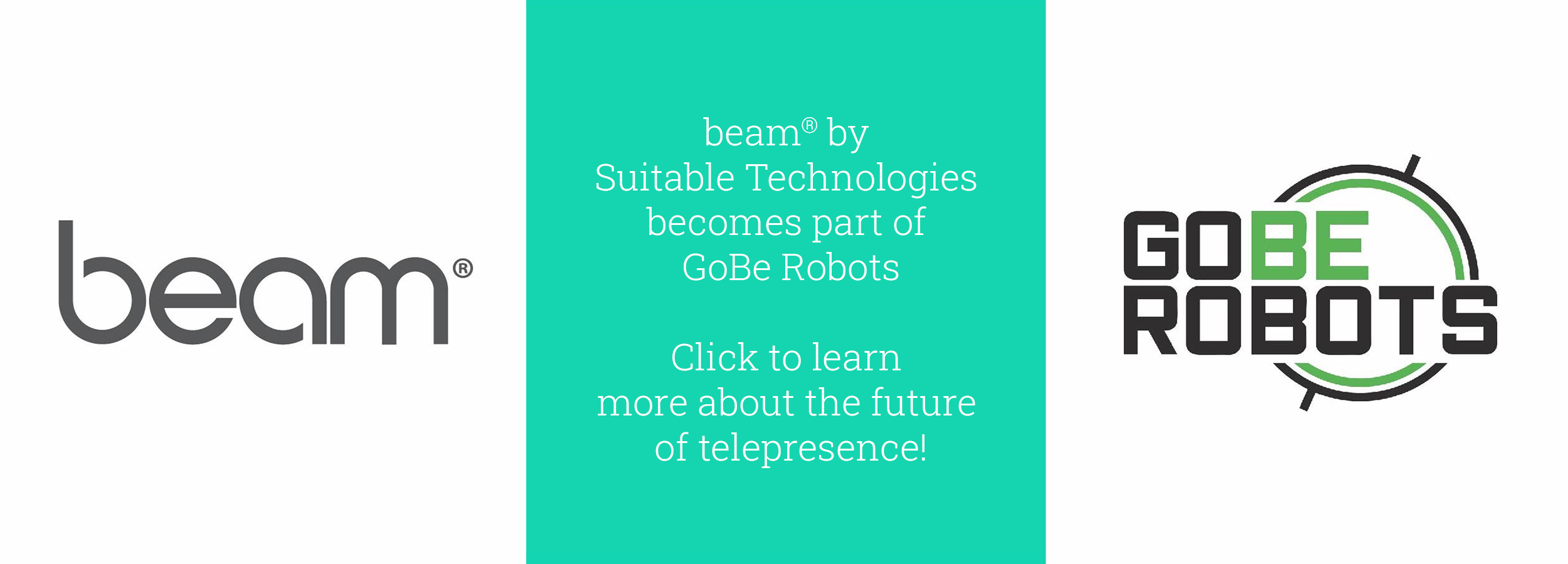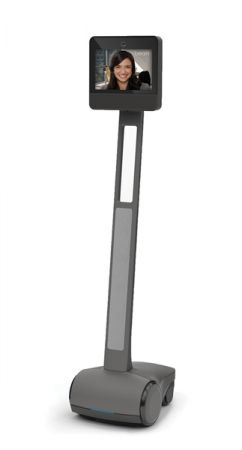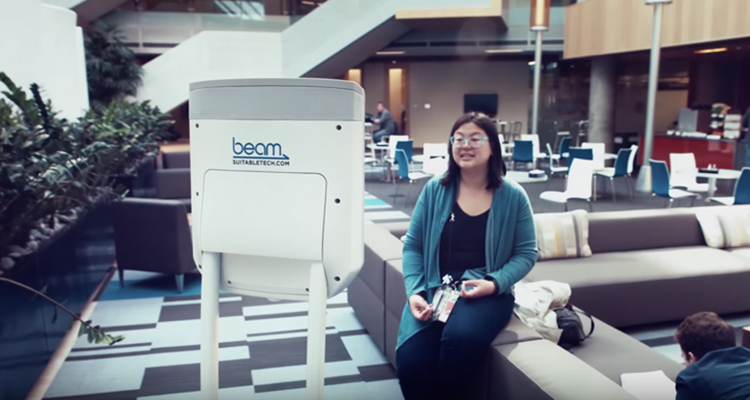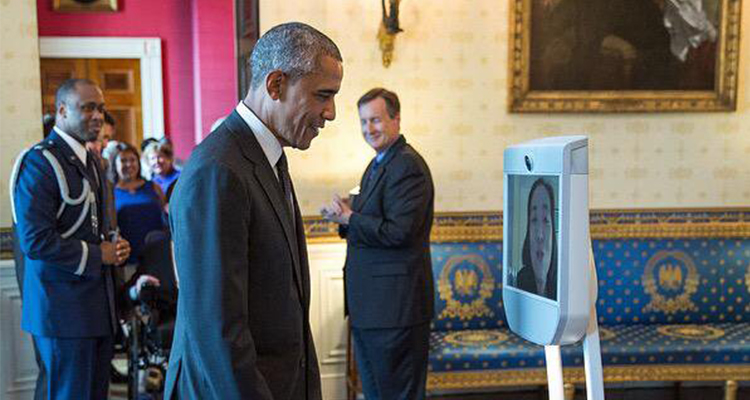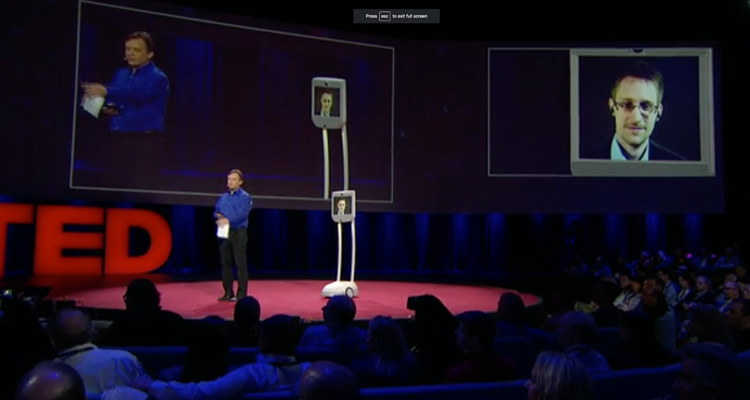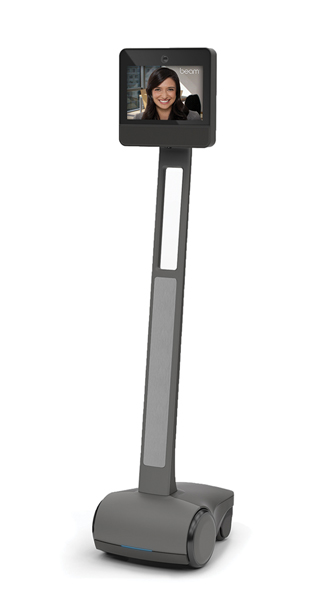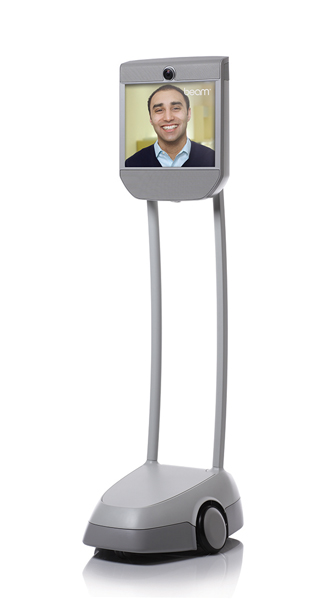We recently sat down with Richard Garriott - video game creator, futurist, space traveler and the man who coined the term “avatar” - and came away with his insights on everything from digital entertainment to telepresence technology.
Below are the highlights of our conversation. Read on for more about how he sees technology impacting humans, teleporting, and even VR! *This interview has been condensed for clarity.
Q: What are your proudest moments as a digital pioneer – from the early days when you coded in BASIC to today with your newest online fantasy role-playing game, Shroud of the Avatar: Forsaken Virtues?
A: Early on I said that I wanted to create a more literary game that has a deeper sense of purpose, reflects to the player something more meaningful about the human experience, and that is actually customized to them. This was a pivotal moment in my career, where the use of the word “avatar,” which is now ubiquitous, comes from. And a little bit later, I developed the first game that was referred to as “Massively Multiplayer Online” -- or MMO -- Ultima Online.
Creating games with meaning that bring people together remain the hallmarks of everything I do, including Shroud of the Avatar.
Q: Beam is sort of a real-world avatar. How does that compare to your original thought as to what an avatar is?
A: “Avatar” gives agency to the human, not playing some alter ego. That’s why it stuck, and why everyone seems to have adopted it – even for telepresence use, or in movies or other kinds of things.
Q: How has using Beam affected your collaborative process for your video game company, Portalarium, and in general for everything you do?
A: I’m the CEO and Creative Director – and I’m remote. But I have to be in at my company headquarters in Austin, Texas full-time; I need to be in the hallways to hear the chatter, attend every meeting, and be in a place where every employee can walk over and have a conversation with me ad hoc without having to think about how to track me down. I am on my Beam for about eight hours a day, three weeks a month; then there’s usually one week a month where I’m not on it, because I’m in Austin, where the Beam sits. So what I do is participate just like any other employee for a full workday regardless of where I am physically in the world.
In general, we now live in this virtualized space, where people collaborate all the way across the globe. You can find the right match of talent and interest in pockets that exist in far-flung, places. And while email, webcam, and a few other things have helped stop the scattering of community and reduction of high quality interaction, telepresence like the Beam has made a fundamental shift in not only in preventing the disintegration that has been upon us for 100 years, but in reversing that trend.
Q: What is the most valuable aspect of telepresence technology to you?
A: The thing that’s most important about this form of collaboration is its persistent presence. The next best thing is video conferencing (e.g., Skype call, or a full-time, open two-way screen), but in those cases you go to those screens for a meeting. Yet the majority of important communications that happen in an office aren’t during scheduled meetings.
When I am on Beam, I am physically present, as any other employee is physically present. The quality is so high that if we look backwards in time just a few weeks, and we talk about this regular set of discourse or meetings we’ve had, no one – not just me, but anyone in my office – has a recollection of if I was in person or using Beam. It’s immaterial.
The cost of this technology is so low – the expense of one trip pays for one Beam. You can set up a Beam on every floor of your office, and quickly exit one and enter another, so your body’s presence can be plural.
Even though there are other [telepresence devices] besides Beam, nothing has come close to matching Beam. I’ve tried virtually every other option on the market and found them lacking when it comes to mobility, stability, and staying connected. Beam’s reliable connection, the fact that it’s not going to fall down, the speed and antenna – all have been great enhancements that have kept this experience strongly ahead of the experience I’ve had with all of the others.
Q: In the next five to ten years, what are some breakthroughs in technology that you’re excited to see – on the telepresence side especially, but also anything else you’re most jazzed about?
A: On telepresence side, one of the upgrades I’m excited about is speed. I am a devoted champion of velocity. That’s been the most recent powerful improvement for me and the lifestyle I live on my Beam.
VR has been on my radar for a long, long time; I’ve purchased every form of VR goggle possible, back to the Apple II days. I was excited when it was a tiny screen, although with terrible latency that made you sick almost immediately. But at least it showed you a view into another world, even though it was low resolution. It still feels five to ten years away because you still can’t really move around in a virtual world without feeling uncomfortable. And there needs to be more interesting content.
Q: If you could Beam anywhere, where would you go?
A: Under the assumption that speed of light wasn’t a difficulty, the new solar system they’ve discovered that has a handful of planets in the “Goldilocks Zone,” which have conditions where liquid water can exist, would for sure be the most interesting places for me to go.
Frankly I’m just as impressed now with my list of Beams that I can currently enter, which is growing globally. There’s something very powerful about the ability to say, “I have some friends that are at the XPrize out in California, and I just want to go say hi” – just like you’d go on a lunch break with someone in the next building or office. Whether it’s casual or for important business, this teleportation is allowing for a powerful networking capability.
Q: What are some other innovative and unexpected ways you use Beam?
A: We invite people from our community of players that have been supporting us to Beam in anytime for a visit at our offices. We find that the bond that we can build with our customers is dramatically enhanced with this technology.
Also, we’ve used Beam to give speeches and attend conferences where we couldn’t be there personally. That’s a really powerful use. The whole point is you’re doing it full-time, not just for meetings. That is the magic of why it works – because I’m physically present as I would be for any other workday. Plus, the network of Beams I now have as my virtual bodies all over the world – those are the most unexpected use cases I’m excited about.
###

